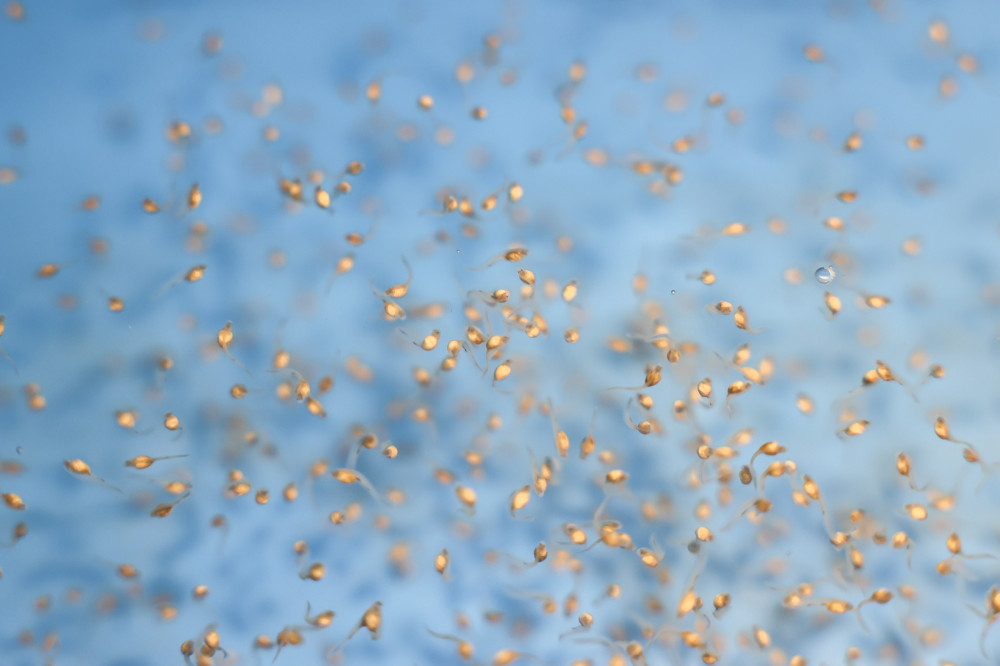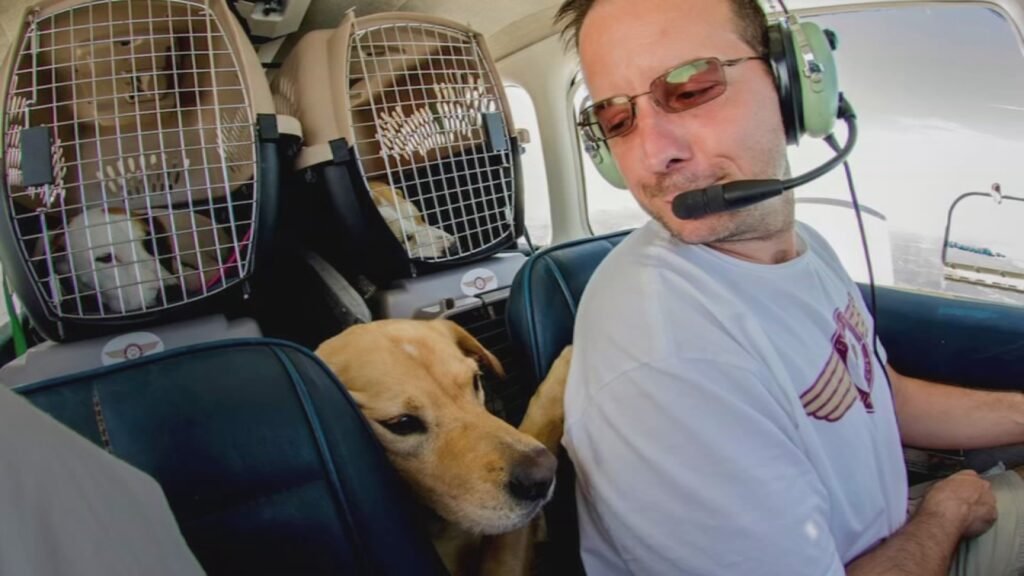Hope is floating on the Danube. In a groundbreaking move to rescue one of the world’s most endangered groups of animals, Europe’s first floating sturgeon breeding center has officially opened in Vienna. The 66-meter-long vessel MS Negrelli, now anchored on Danube Island, is more than a ship — it’s a beacon of survival for a species that’s been swimming the planet since the age of dinosaurs.
🐟 From the Jurassic Era to the Brink of Extinction
Sturgeons have roamed Earth’s waters for over 200 million years. They’ve outlived the dinosaurs, yet today, these prehistoric fish are disappearing at an alarming rate. Habitat destruction, river fragmentation, and the illegal caviar trade have brought them dangerously close to extinction.
But now, Vienna is setting the course for a comeback.
⚓ A Floating Ark of Survival
The MS Negrelli has been transformed into a state-of-the-art breeding station, equipped with 35 tanks and a mission to raise 1.6 million young sturgeons from the Danube’s last four native species. These baby fish will be nurtured and released into the wild by 2030 — part of a bold, EU-backed recovery project, LIFE-Boat4Sturgeon.
“Sturgeons are more than just ancient fish,” said Andreas Beckmann, CEO of WWF Central and Eastern Europe. “They are indicators of healthy rivers, clean water, and thriving ecosystems. By protecting them, we’re protecting our own future too.”
🌍 A United Effort Across Borders
While the ship remains in Vienna, the sturgeons’ journey spans across Europe. Some of the young fish will eventually make their way to the Black Sea, returning to the Danube to spawn — if they can navigate the fragmented river system. With major migration routes like the Iron Gates in Serbia and Romania still impassable, only sturgeons released downstream have a real shot.
To give them that chance, WWF is partnering with organizations in Bulgaria, Romania, and Ukraine, working closely with local fishers and enforcement agencies to combat poaching and support safe releases.
💬 “We’re not just raising fish — we’re rebuilding a legacy,” said Beate Striebel, Lead of WWF’s Sturgeon Initiative. “It’s a race against time, but it’s a race we must win.”
🧠 Why It Matters: Key Facts About Sturgeons
- 🦴 Living fossils: Sturgeons have barely changed since the Jurassic era.
- 🐋 Giants of the water: Some species grow over 6 meters long and weigh over 1,000 kg.
- ⏳ Slow to recover: Some sturgeons don’t reproduce until they’re 20 years old and don’t spawn every year.
- 🥄 Caviar crisis: The global demand for their roe has fueled overfishing and black-market trade.
- 🌊 Umbrella species: Protecting sturgeons means restoring entire freshwater ecosystems.
🚀 What’s Next?
This initiative, led by BOKU University and powered by a coalition including WWF, viadonau, and government ministries from Austria, Hungary, and Slovenia, marks a powerful step toward long-term recovery. Visitors will soon be able to experience the project firsthand through guided tours aboard the MS Negrelli starting this summer.
But rewilding takes time — and global support. It takes years, even decades, for some species to reach maturity and return to spawn. Saving them requires patience, funding, and unwavering cross-border cooperation.
💚 Help Turn the Tide:
- 🐟 Support organizations working to save freshwater biodiversity
- 🚫 Say no to illegal wildlife products like caviar from wild sources
- 📣 Share the story of the sturgeons — and why their survival matters
🌍 These ancient swimmers have waited 200 million years to be heard. Let’s not be the generation that silences them.
#SaveSturgeons #DanubeLife #SustainableActionNow #WWF #LIFEBoat4Sturgeon #EndangeredSpecies #RiverRestoration


